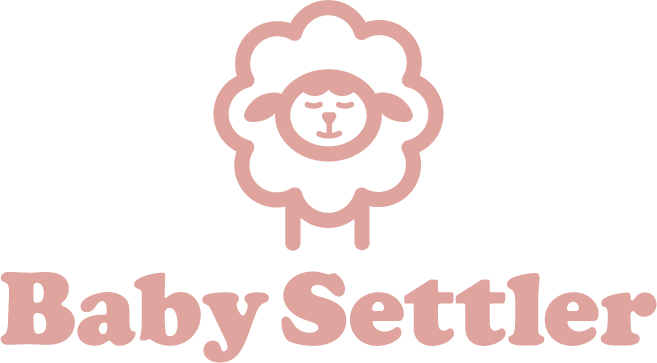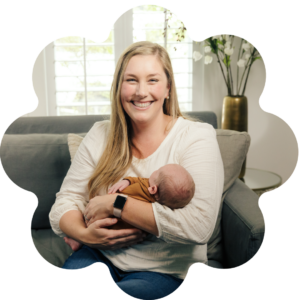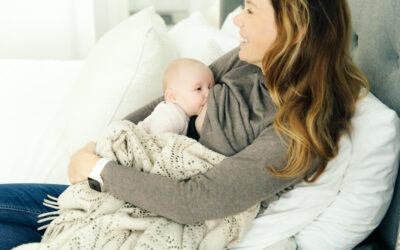
A massive milestone in a baby’s development is beginning to eat solid food. So many parents have questions about this change in their baby’s diet. When should you start introducing solids? What foods should you start off with? How do you start giving them solid foods? If you’re asking yourself these questions, then this is the introducing solids guide for you! We’re breaking down exactly what you need to know about incorporating solids into your little one’s diet.
When Should You Introduce Solids?
At Baby Settler, we suggest waiting until your baby is six months old to begin introducing solids. This is because by this age your little one will be comfortable sitting up in a high chair, they’ll have good control of their head, their digestive system is developed, and they’ll be reaching for your food and eager to try it.
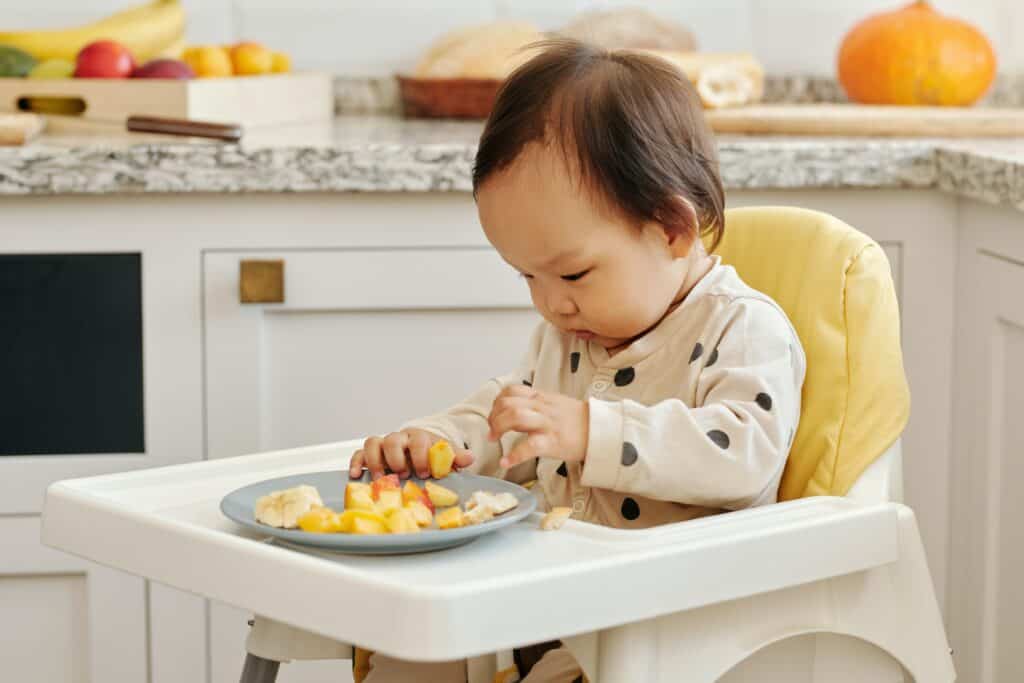
Should You Practice Baby-Led Weaning (BLW)?
While this is totally up to you as a parent. At Baby Settler, we encourage baby-led weaning along with purees. Baby-led weaning means giving your little one finger foods to explore and eat. “This approach is called baby-led weaning because that’s what the premise is — letting your little one feed herself the healthy foods she wants to eat right from the start (which is why this works only for a baby who’s at least six months old and capable of self-feeding),” explains What To Expect.
There are a number of benefits to incorporating baby-led weaning into your baby’s meal plan, including:
- Encourages babies to become familiar with a range of different textures and flavors.
- Promotes fine motor skills development and hand-eye coordination.
- Encourages babies to listen to their hunger cues.
- Babies can be involved in family mealtimes.
Introducing Baby To Solids Schedule
When fitting solids into your routine, it’s important to remember that breast milk or formula is still your baby’s number one source of nutrients, so it takes priority. Solids do not replace milk. Breast milk or formula should still be the main source of nutrition until at least 12 months of age.
Solids are simply for exposure, exploration, and fun at this age (under a year old) so don’t spend too much time stressing over the details.
You’ll want to offer solids after your baby nurses or has their bottle. Therefore, their stomach is filled with milk, not solid food. If your baby is having some solid food while the whole family is eating, do the BLW method so that they can be included in family mealtime. Other times you can give them a few spoons of puree.

Tip: Place food on your baby’s tray in their high chair for them to explore during mealtimes. You could also give them baby utensils to help them self-feed.
Why Combine Baby-Led Weaning And Purees?
The beauty of introducing solid food through both purees and BLW is that you can tailor it to your baby’s unique needs, preferences, and routine. This method allows your baby to explore self-feeding while also offering spoon-fed purees, focusing on a gradual transition to these foods while ensuring your baby receives proper nutrition.
Will Solids Help Your Baby Sleep Longer At Night?
This belief dates back to moms putting cereal in their baby’s bottle to promote longer sleep (don’t do this!). This was in an effort to prolong digestion and therefore delay a baby getting hungry again. Just to reiterate, your baby’s body is still 100% reliant on breast milk or formula.
Introducing solids won’t get your baby to sleep longer at night. However, they may experience some digestive changes while their body gets used to the solid food.
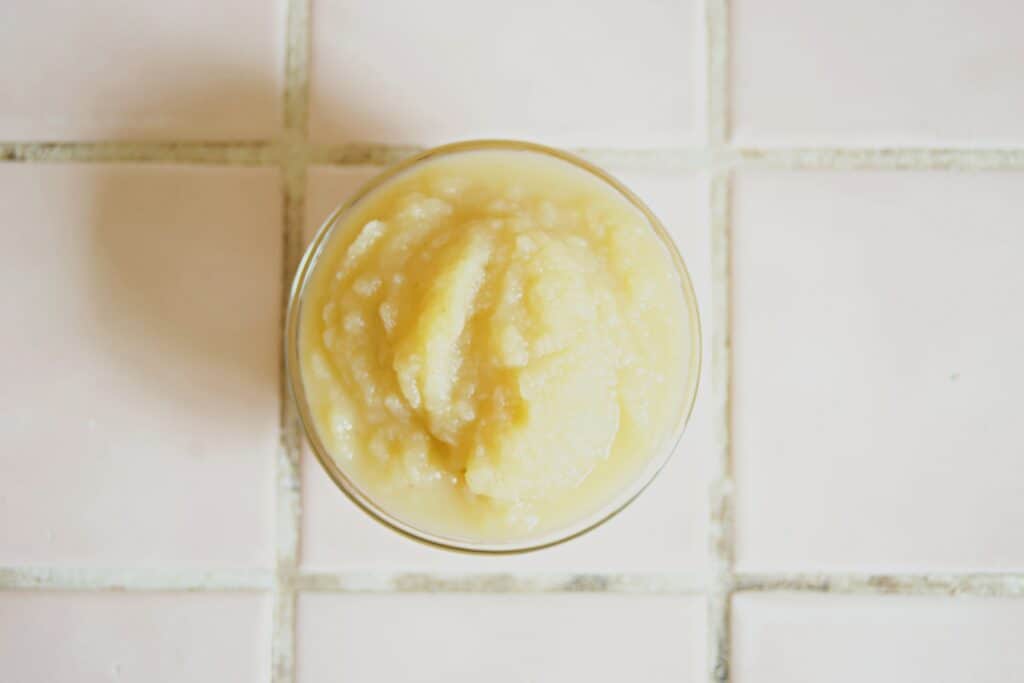
What Baby Food Should You Introduce First?
For purees, start with single-ingredient foods that are easy to digest and less likely to cause allergies. Try mashed bananas, apples, and avocados. For vegetable puree, try carrots, sweet potato, butternut squash, and peas.
When doing BLW, you can cut up soft foods that are easy for your baby to pick up. For example, Healthline recommends, “Cut a ripe avocado into slices about the width of an adult finger for easy gripping.” You could also cut hard-boiled eggs into chunks, boiled or steamed carrots, soft cooked shredded chicken, and tofu.
Introduce them slowly, one food at a time to monitor their response and for possible allergies, and keep it fun!
Foods that aren’t recommended for BLW because of choking hazards include round foods (grapes, cherry tomatoes), hard raw foods (broccoli, apples), and hard to chew foods (bread crusts, nuts).
These are all general suggestions, not medical advice. Please follow a trusted pediatric provider’s guidance when transitioning to solid food.
Introducing solid food is a super exciting milestone! Your baby will experience a world of new experiences. Choosing a combination of baby-led weaning and purees is an amazing way to follow your baby’s cues and embrace their individual pace.
